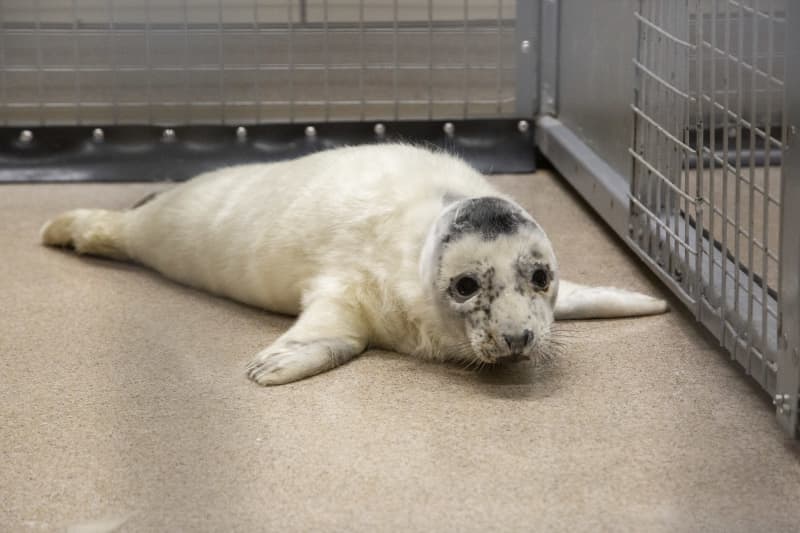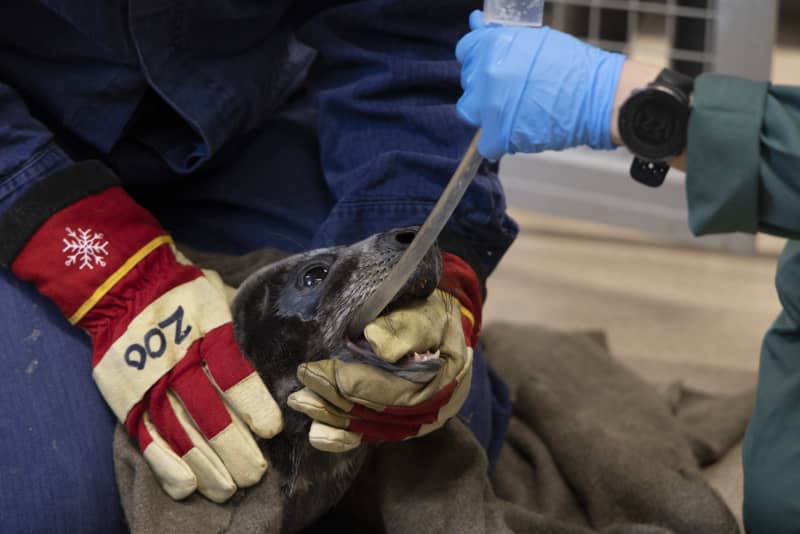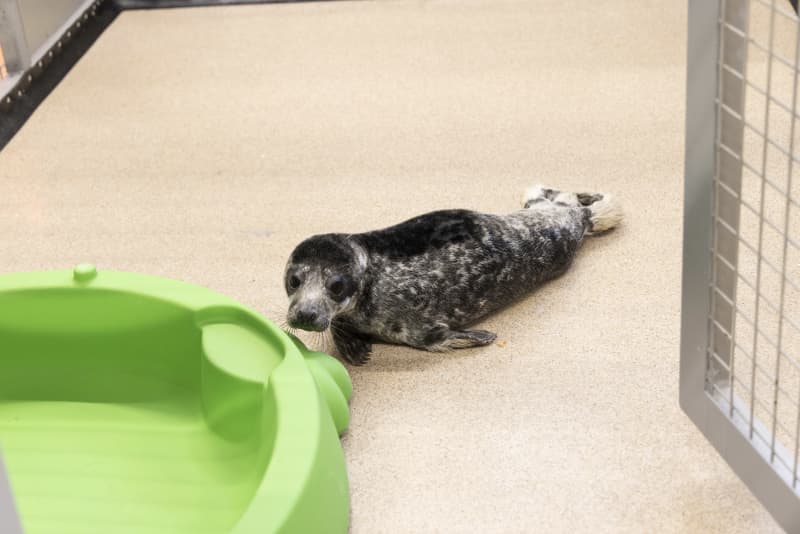
Baltic gray seal pups start their independent lives around this time. They are usually fine unless they are severely underweight or lost.
Korkeasaari Wildlife Hospital currently treats five cubs that would not have survived without human help, the zoo informs. Six people have ended up in the hospital from different parts of the country.
The first gray seal pup in need of help was found in Hanko at the end of March.
The little one had been staying in the yard of the house for several days, until the rescue service took him to the University Animal Hospital for the night. From there, the patient was transferred to the Wildlife Hospital.

Last weekend, Kokkola’s animal welfare society accompanied two cats under 11 kilograms to treatment on a train ride. One had wandered on the bank of the river near Kokkola and the other had gotten lost in the forest in Vaasa.
A few days later, two more new patients were brought in for treatment, who had also been left to fend for themselves in Kokkola and Vaasa.
These cubs were so underweight that they would not have survived without help.
Cubs can manage on their own at the age of one month
Three of the little patients are already briskly eating herrings, which are given to them in a small pool of water, the zoo says. Two cubs learn to eat fish and get herring mössö with tube feeding.
When the patients’ weight begins to rise properly, they get to practice catching live fish in a bigger pool.
The goal is a weight of around 30 kilos, after which the pups can return to the sea to the seal reserve.

Seal mothers give birth to their cubs on the ice at the turn of February and March. At the age of one month, the chick can already survive on its own.
If you are worried about a wild animal’s need for help, you can call the Wild Animal Hospital and ask for advice.
